Microsoft BUILD: Windows 8, A Pre-Beta Preview
by Brian Klug & Ryan Smith on September 13, 2011 12:05 PM EST- Posted in
- BUILD
- Windows
- Microsoft
- Windows 8
- Trade Shows
The Metro UI
The best way to describe Windows 8 is a cross between the Metro UI from Window Phone 7 and the desktop architecture of Windows 7. In fact, virtually everything but the desktop gets a Metro treatment in Windows 8.
The Windows home screen starts initially hidden behind a lock screen virtually identical to WP7’s - slide up on a large edge-to-edge background to unlock. Inside is the Metro start screen, which is comprised of a grid of live application tiles that behave almost identically to those in Windows Phone 7. Two sizes of tiles serve as both application launch shortcuts and notification areas that can be populated with notifications, graphics, and other status indicators.
The tiles populate a horizontal strip that can be scrolled back and forth, and tiles can be rearranged accordingly. There are a few new gestures here over what we’ve seen before in WP7, including a swipe up to select a tile, and multitouch scrolling plus tile repositioning. Swipe up on tiles, and you can select them to convert size, uninstall, or unpin from the home screen.
The new start menu is more than a user experience oriented at tablets, it’s also the design language Microsoft has adopted for the entire new Windows 8 experience.
The thing to realize is that this modality isn’t so much a view as it is a combination of both new start menu, new interface for making Windows usable from a mobile perspective, and a completely new interaction paradigm. The interface is designed to perform and behave in the same way across multitouch, active digitizer, and keyboard+mouse combinations.
There’s another set of gestures and features as well which make use of the four edges of the display. The top and bottom are reserved for application-specific functions, the left and right are reserved for two Windows 8 specific tasks.
Sliding one’s finger from the left edge onto the display allows for both fast application changes, and the multiple-window snap functionality that’s been demoed already. The split is roughly 1:4 and divides horizontal real-estate between two applications views at once. The narrower of the two requires some additional development support, but the aim is to create a workable touch interface without sacrificing multitasking.
Swiping a finger from the right edge of the display towards the center brings up what Microsoft calls charms. This is a view that includes status indicators, and functionality like search, share, start, devices, and settings.
These respective shortcuts then bring up panes that occupy the same area on the right, and do what you’d expect. Settings for example is a place each application to build out a preferences area, so that each application has a common place users will go to control things.
Likewise, share acts like an intelligent copy paste, sharing working elements between applications. Finally search can either look through files and applications or dive into strings surfaced by other third-party applications.
These left and right based gestures exist across not just the Metro-infused start screen, but the entirety of Windows.
Moving around and getting back to the home screen is accomplished by pressing the Windows button, which on the tablet we were loaned is its own physical button analogous to iOS’ home button. Pressing the keyboard windows button performs the exact same action and summons the start menu.
The current set of first-party applications is pretty spartan. There’s no maps, mail, or camera application, though Microsoft has already bundled a set of its own internally-created applications. These are entirely Metro themed as well. I mention camera because the sample hardware includes a front facing and rear facing camera, and at present the only way to access them is through the change user tile picture function, which can capture a photo from the front or back webcam.
Throughout the entire OS is a very WP7-like virtual keyboard, which supports a full size and thumb keyboard mode. There’s also a handwriting recognition mode which has two lines of handwriting input and is styled similarly to Windows 7’s tablet input keyboard.
The keyboard can be docked to the bottom of the display or detached and dragged around as well. I find that the split keyboard accommodates typing with thumbs and holding the device midair quite well.


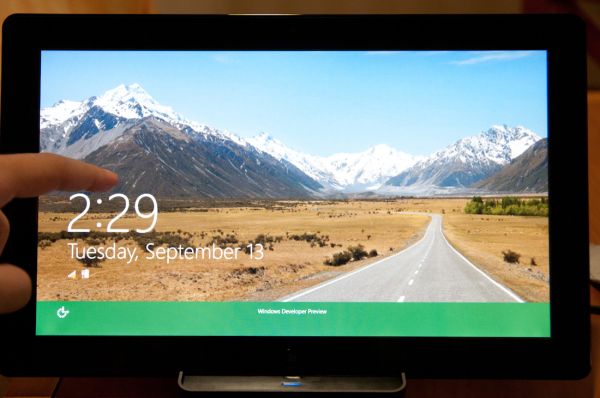
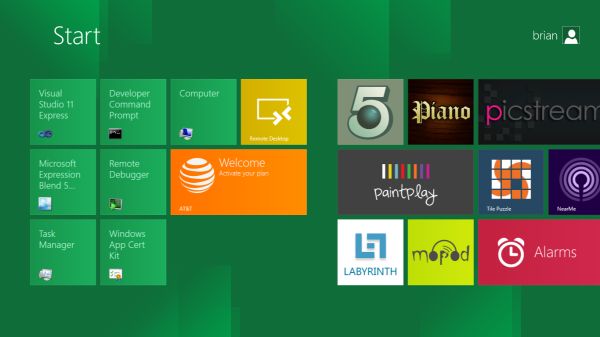
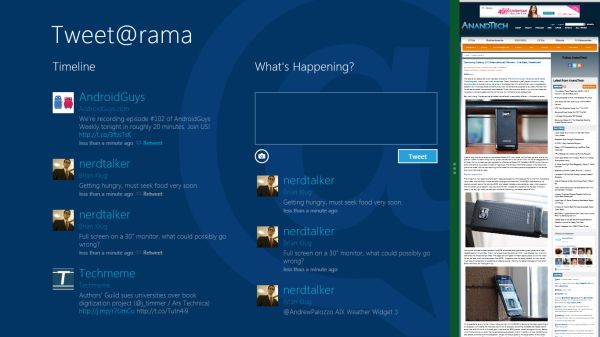
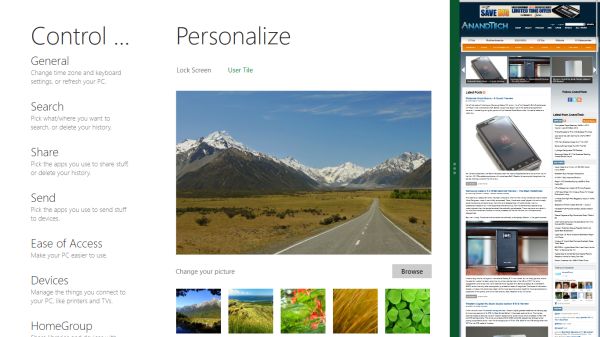

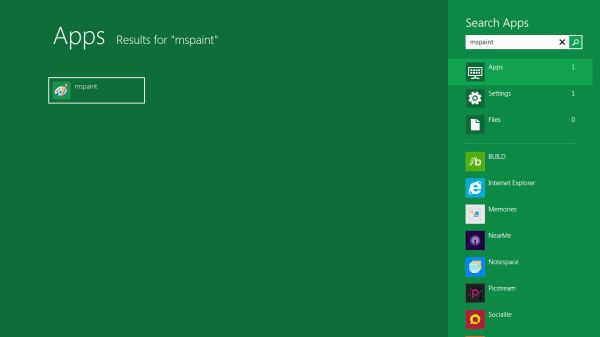
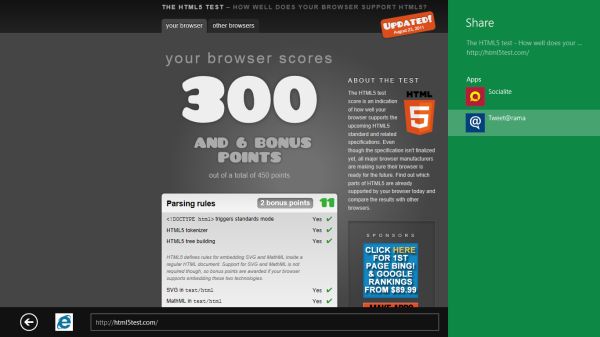
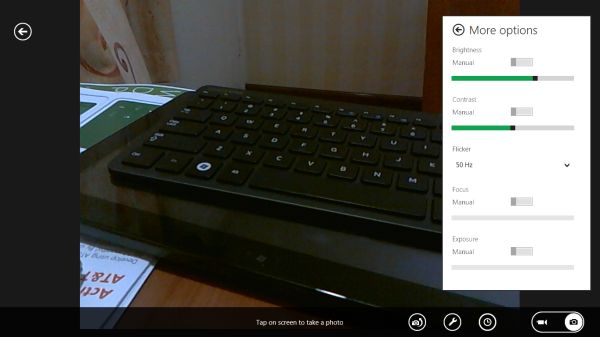
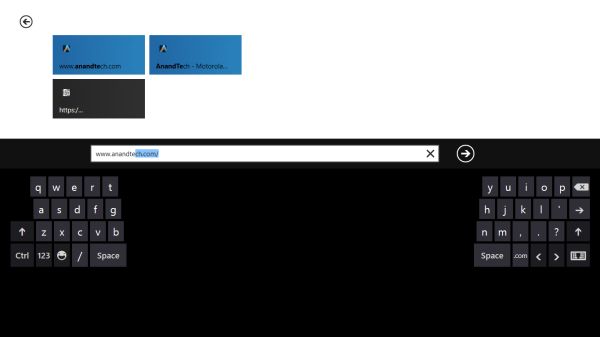








235 Comments
View All Comments
rs2 - Tuesday, September 13, 2011 - link
"On a final note about system requirements, while Microsoft isn’t talking about specific versions of Windows 8 at this time, they’ve made it clear that x86 will live on for at least one more generation in order to fulfill their desire to have Windows 8 run on everything Windows 7 ran on."Hang on a second. Did you seriously just imply that Windows (or any other major OS) is going to drop support for x86? Or that there was *ever* any doubt that Windows 8 would not support x86? I think you've gone at least a little bit crazy.
x86 is here to stay, for at least the forseeable future (which I think gets us to around Windows 12). No software company is going to be willing to cede the entire x86 market to their competitors or ditch x86 as a platform just because phones and tablets tend to run ARM processors. Doing either of those things makes absolutely no sense at all.
Rand - Tuesday, September 13, 2011 - link
I think he means X86-32, MS hasn't made any statements implying that X86 uarch as a whole is going anywhere.Ryan Smith - Wednesday, September 14, 2011 - link
Correct. x86 as opposed to x64 (since that's the nomenclature MS uses). Windows 8 will have 32bit x86 editions; MS won't transition to solely 64bit x64 for another generation.rs2 - Wednesday, September 14, 2011 - link
Then the nomenclature used by MS is incorrect. x86-64 (or apparently, x64 is MS-speak) is fully x86 compatible, even down to support for 16-bit "real mode". As such x86 will always live on, even if Windows does eventually require an x86-64 based processor.loll123 - Wednesday, September 14, 2011 - link
Yes, but the issue is whether Windows will support processors that only have the x86-32 part of the instruction set.Lugaidster - Wednesday, September 14, 2011 - link
Do you need to submit an app to the store in order to install a metro application or are metro applications still downloadable like regular apps?Ryan Smith - Wednesday, September 14, 2011 - link
I can't completely answer this but I will do as much as I can.ARM: The Store is the only way to get applications
x86: Applications can still be installed normally
With that said I can't completely answer where Metro fits in, because that specific question was never asked or a suitable answer given. Certainly Metro applications using MS's DRM scheme will need to go through the Store to make the licensing click. But Metro apps without DRM...?
Lugaidster - Wednesday, September 14, 2011 - link
I was thinking of something like business apps or apps that would never be approved because of content (the major reason jailbreaking exist on an iPad is because of the latter). It would be great if you could sideload metro apps...Stas - Wednesday, September 14, 2011 - link
When I used Win98, I was stoked when I first heard about Windows XP. Absolutely loved it, after I started using it.Windows Vista also made me anxious about the wait. Unfortunately, I wasn't as pleased; however, still satisfied.
Windows 7 is by far the best OS I ever used. That is exactly how I thought it would turn out when I decided to download the RC version.
Today though, I'm looking at this simplified experience for ADD kids, and I'm rather disappointed. Huge buttons, lack of menus and options, and I bet they killed off kb shortcuts :/ I would expect this from Apple; but MS... son, I'm disappoint *face palm*
I will still try it, whenever RC is available but I'm not holding my breath for something useful, efficient, and flexible. I'm sure it will be a great tablet OS though. Now, just to figure out why in the world I would need a tablet with powerful desktop, and a high-end smart phone...
loll123 - Wednesday, September 14, 2011 - link
I have ADD and I started my computing career on MS-DOS when I was 3 years old. So don't go around and make comments like that please.